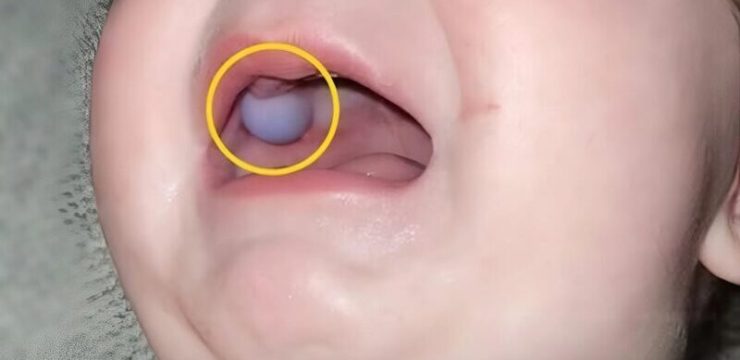At first glance, tick eggs may look completely harmless—just tiny, jelly-like clusters tucked away in dark corners or hidden outdoors. But despite their innocent appearance, they mark the beginning of a potentially dangerous and rapidly growing problem. Understanding how ticks reproduce and where they lay their eggs is essential for controlling infestations before they become serious.

Female ticks are capable of laying thousands of eggs at once, often choosing moist, hidden places like soil, leaf piles, or even undisturbed areas inside homes. Once these eggs hatch, they produce larvae, which then develop into nymphs and eventually mature into adult ticks. Without interruption, this cycle can continue indefinitely, quickly turning a minor issue into a full-blown infestation. Identifying tick eggs early is one of the most important steps in breaking that cycle. These eggs are typically brownish-red, extremely small, and laid in tight clusters. Outdoors, they can often be found beneath firewood stacks, in mulch, or deep within garden beds. Indoors, they might be discovered in crevices, behind furniture, or in other low-traffic areas where moisture is present. Regular inspections of areas that ticks favor—especially those that are dark, damp, and undisturbed—are key to spotting these eggs before they hatch. Although the eggs themselves don’t pose a direct health threat, their presence is a clear warning sign.
Once they hatch, the resulting ticks can latch onto pets, people, or wild animals, increasing the risk of disease transmission. Ticks are known to carry serious illnesses, including Lyme disease, anaplasmosis, and Rocky Mountain spotted fever, all of which can have long-term health impacts. By eliminating eggs early, you’re not just getting rid of pests—you’re also protecting your family and pets from potentially dangerous infections. If you find a cluster of tick eggs, swift and careful action is essential. Do not handle them with your bare hands. Instead, use gloves or tissue to carefully collect the egg mass, and place it in a sealed plastic bag before disposing of it. Along with removing the eggs themselves, be sure to clean the surrounding area. Ticks often lay eggs near organic material such as leaf litter, where additional eggs or ticks may be hiding.
For a more thorough cleanup, consider using a diluted bleach solution to spray the affected area, especially indoors. This can kill any eggs or larvae that might have been missed during the initial removal. Vacuuming is also highly effective for interior spaces, helping to suck up not just eggs but any stray ticks that might be nearby. If you’re dealing with outdoor areas, applying diatomaceous earth—a natural, non-toxic powder made from crushed fossils—can help eliminate ticks and eggs by dehydrating them. These combined methods work best when repeated regularly, as continued monitoring and cleaning help ensure that no new eggs go unnoticed or unaddressed.
Preventing tick infestations before they start is just as important as removing existing eggs. Maintaining a neat and tidy yard can make a huge difference. Mow your lawn regularly, rake up fallen leaves, and keep shrubs and grasses trimmed. Remove any wood piles or clutter where ticks might hide, and consider installing a barrier of gravel or wood chips between your lawn and nearby wooded areas to reduce tick migration. Inside your home, vacuum frequently, reduce clutter, and check any pets for ticks regularly, especially if they spend time outdoors. Using veterinarian-approved tick preventatives on your animals is also a smart move to reduce the chances of ticks making their way indoors. However, if you continue finding tick eggs or notice signs of a persistent infestation, it may be time to bring in professional help. Pest control experts can conduct a thorough assessment of your home and yard, identify tick hotspots, and apply targeted treatments that go beyond DIY methods. They can also offer long-term solutions and guidance for keeping ticks at bay in the future. Relying on professional services ensures that the problem is addressed thoroughly, reducing your risk of reinfestation and giving you peace of mind. Ultimately, while tick eggs might look small and harmless, the problems they can lead to are anything but. Recognizing their presence, removing them safely, and taking proactive steps to prevent ticks from spreading are all essential to keeping your home and family protected.




